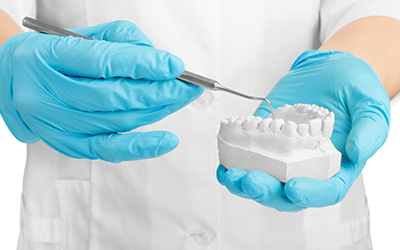Image Credit:
File ID 54339833 | © Igor Zakharevich | Dreamstime.com

Wisdom teeth, also known as third molars, are the last set
In ancient times, when diets consisted of raw, coarse foods, wisdom teeth played a crucial role. They helped grind and chew these challenging foods, aiding in proper digestion. However, with the evolution of our diet and the development of cooking techniques, the need for these extra molars has diminished. In modern times, wisdom teeth are considered vestigial organs, which means they no longer serve a significant function.
Wisdom teeth can be found right at the back of the mouth, with two in the upper jaw on both sides and two in the lower jaw opposite them. There are four wisdom teeth in total, with two on the top and two on the bottom.
Wisdom teeth have the same basic structure as other molars. Each tooth consists of a crown covered with enamel and a root anchoring the tooth to the jawbone. The molars have multiple cusps, the pointed chewing surfaces that facilitate grinding.
As our jaws have become smaller over time due to changes in diet and evolution, many people lack the necessary space for wisdom teeth to emerge correctly. This can lead to various dental issues, such as impacted wisdom teeth. When wisdom teeth do not have enough room to grow normally, they may become trapped beneath the gum line or jawbone. This can cause pain and swelling and even lead to infections. In this case, wisdom teeth extractions are commonly performed. Wisdom removal Portsmouth is a routine dental procedure performed by oral surgeons or dentists, including those in Portsmouth. It involves impacted wisdom teeth removal to prevent further complications and maintain oral health.
In conclusion, while wisdom teeth served a vital function in the past, their role has diminished over time due to changes in our diet and lifestyle. Now